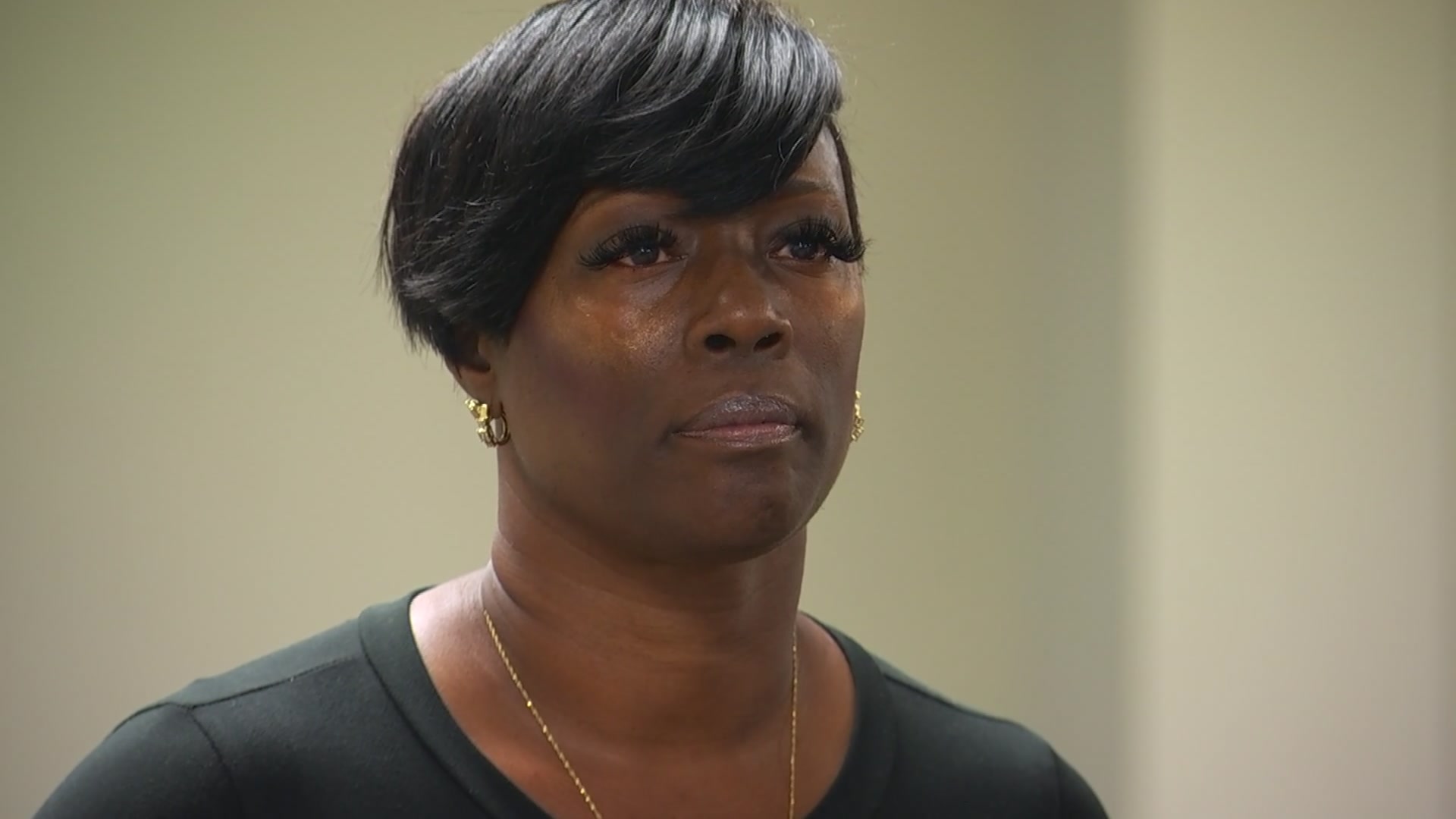Atrial fibrillation, or Afib, is a condition where the heart races or quivers, resulting in an irregular heartbeat. As many as six million Americans have it and the CDC suggests that number will double by 2030. Now, a new device lets doctors monitor patients in real-time, even when that patient is at home.
The last thing Misel Mirdita expected was heart trouble at age 37, but last year, he started having symptoms that his wife, Kristen Fable, wouldn’t let him ignore.
“It would be like a cold sweat, then dizziness, and chest pain. I couldn't breathe. My heart rate would sometimes range between 160 and 180,” Mirdita explains.
“When we went to urgent care, he really felt bad. And then they sent him straight to the emergency room,” his wife chimes in.
Get DFW local news, weather forecasts and entertainment stories to your inbox. Sign up for NBC DFW newsletters.
Doctors suspected that Mirdita had Afib. Dr. Jossef Amirian, a board-certified cardiologist of Manhattan Cardiology, wanted to use mobile cardiac telemetry, or MCT, to keep an eye on him. This is a new system called Bioflux.
“The Bioflux is a monitor, which, has three leads, that sits on the patient's chest,” Amirian said.
The leads transmit signals into a portal alerting doctors to abnormal rhythms in real-time.
Local
The latest news from around North Texas.
“Picking up that abnormal rhythm is extremely important," Dr. Amirian explains. "It can completely change the outlook and the management of a patient, which can make all the difference.”
Mirdita put the heart monitor on, and just a few hours later the phone rang.
“We got a phone call. It was like, 11 o'clock at night. We were in bed, and we were like, who's calling us?” Fable said.
The Bioflux picked up a serious, abnormal rhythm and Mirdita’s doctor recommended an ablation to block the Afib.
“We went in for the surgery Friday, and he went back to work on Monday,” Fable explained.
“Now I feel like a young boy again. I feel much better,” Mirdita said.
Patients wear the Bioflux on average for four days, 24 hours a day, even during sleep. Doctors say that period allows them to detect any abnormalities in heart rhythm. Traditional cardiac monitors record heart rhythms, but the ECG and other cardiac data must be read by a medical professional after the fact.
Contributors to this news report include: Cyndy McGrath, Producer; Kirk Manson, Videographer; Roque Correa, Editor.




